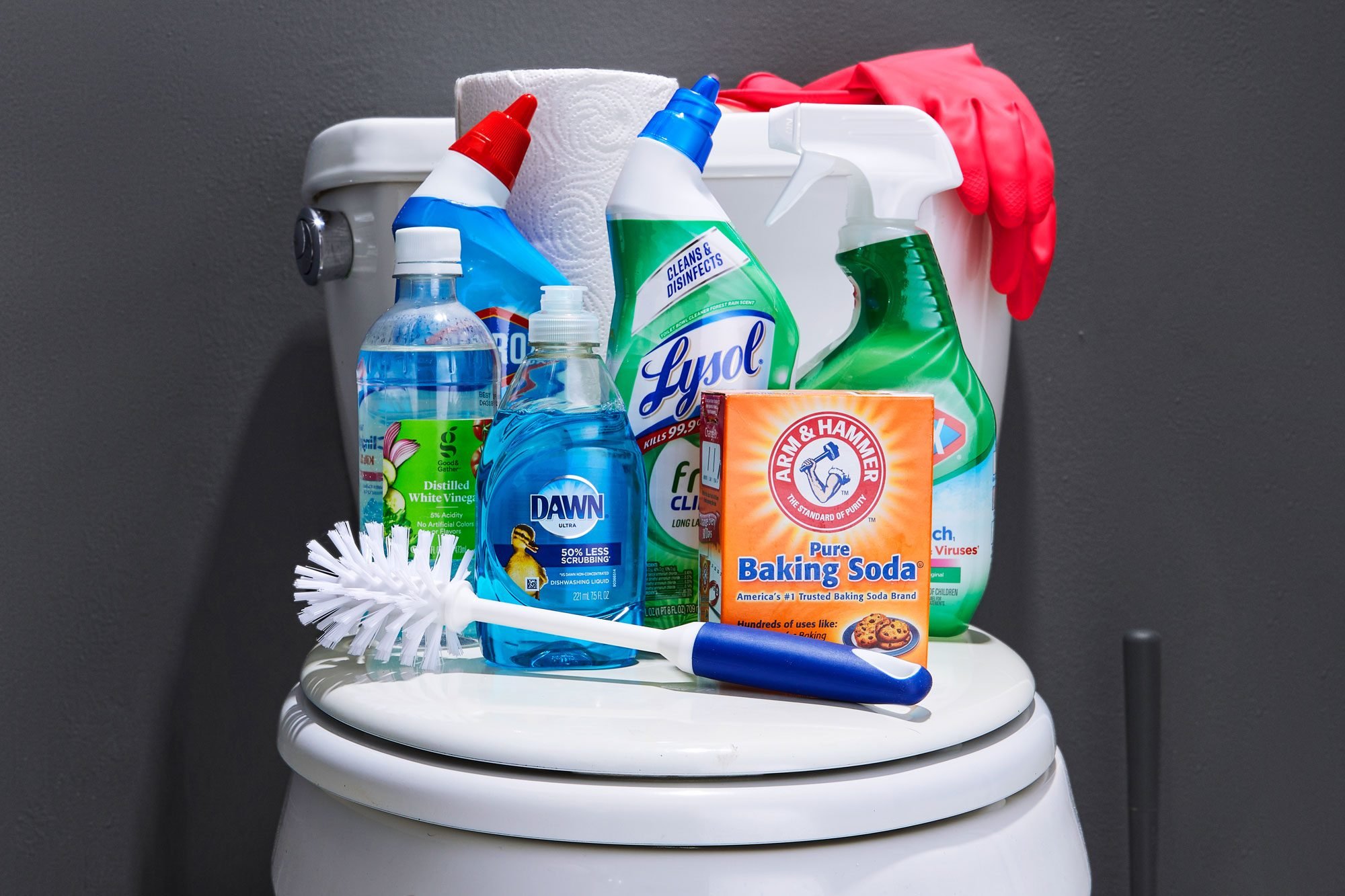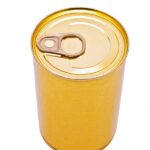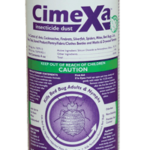Natural and Safe Ways to Clean Your Dog's Ears at Home: Remedies, Steps, and Best Practices

Understanding the Importance of Dog Ear Care
Regular ear cleaning is essential for your dog’s health, comfort, and overall well-being. Dogs with floppy ears or those who swim frequently are particularly prone to ear issues, including wax buildup, infections, and discomfort. Natural cleaning routines can help prevent problems and keep your pet’s ears fresh without exposing them to harsh chemicals or unnecessary medications. However, it’s important to use safe ingredients and gentle techniques for the best results. If you notice persistent redness, swelling, foul odor, discharge, or your dog is in pain, you should consult your veterinarian before starting any home treatment.
Essential Supplies for At-Home Dog Ear Cleaning
Gathering the right supplies before starting makes the cleaning process smoother and safer for both you and your dog. Recommended items include:
- Soft cotton balls or pads – Effective for wiping without leaving fibers behind.
- Gauze or soft, clean cloths – Ideal for gentle cleaning of the outer ear.
- Natural cleaning solutions – Such as diluted apple cider vinegar, witch hazel, olive oil, or aloe vera gel. Details on how to prepare and apply these are in the sections below.
- Dog treats – To reward your pet and make the experience positive.
It’s best to avoid Q-tips, as these can push debris deeper into the ear or cause injury. Also, steer clear of baby wipes, which often contain chemicals unsuitable for dogs. [1]
Step-by-Step Guide: How to Clean Your Dog’s Ears Naturally
Follow these steps for safe, effective ear cleaning using natural home remedies. This routine is suitable for regular maintenance and minor wax or dirt buildup, not for severe infections or raw, inflamed ears.
- Prepare your dog and your supplies. Choose a quiet, comfortable space. Let your dog sniff and see the supplies, rewarding them with treats to build trust. [3]
- Inspect the ears. Look for redness, swelling, or discharge. If you spot these, stop and consult a veterinarian. Mild dirt and wax are normal and safe to clean at home.
- Trim excess hair if needed. If hair is blocking the ear canal, carefully trim it with blunt scissors or use tweezers to gently pluck stray hairs. This step is optional and should be done carefully.
-
Choose your natural cleaning solution:
- Apple cider vinegar solution: Mix equal parts of lukewarm water and apple cider vinegar. This helps break down wax and has mild antibacterial properties. Do not use if the ear tissue is raw or your dog’s skin is sensitive, as vinegar may sting. [1] [2]
- Witch hazel: Dilute with equal parts water. Witch hazel is a natural astringent and can help soothe minor irritation. [4]
- Olive oil or almond oil: A few drops can help loosen debris and moisturize dry skin. Warm the oil to body temperature before applying. [2] [5]
- Aloe vera gel: Use only pure, organic aloe vera gel (no alcohol or additives). This is soothing, especially if the ears are slightly irritated. [4]
- Apply the solution safely: Moisten a cotton ball or gauze with your chosen solution. Gently wipe the inside of the ear flap and the visible part of the ear canal. Do not insert deep into the ear. [1]
- Massage the ear base. After applying the solution, gently massage the base of your dog’s ear for about 20 seconds. This helps loosen debris and makes the cleaning more effective.
- Wipe away loosened debris. Use a clean cotton ball or pad to remove any wax, dirt, or leftover solution. Repeat with a fresh cotton ball if needed.
- Dry the ear. Use a dry cloth or new cotton pad to gently dry the ear. Allow your dog to shake their head – this is a natural way to remove any remaining liquid.
- Reward your dog. Offer treats and praise to make ear cleaning a positive, stress-free experience.
Popular Natural Remedies: Recipes and Application Tips
Apple Cider Vinegar Solution: Mix 1 cup lukewarm water with 2 tablespoons apple cider vinegar. Apply with a cotton ball, wiping the visible ear area. This solution can help correct pH and reduce mild bacterial contamination, but should not be used on inflamed or broken skin. [1] [5]
Witch Hazel: Dilute with water (1:1 ratio). Soak a cotton pad and gently wipe the ear’s inner surface. Witch hazel’s astringent properties help soothe irritation and dry out excess moisture. [4]
Olive or Almond Oil: Warm a small amount of oil to body temperature. Place a few drops in the ear, massage the base gently, and wipe away debris with a cotton ball. Oil helps loosen wax, moisturize, and is especially useful for dry or flaky ears. [2] [5]

Source: alamy.com
Aloe Vera Gel: Use a small amount of pure, organic gel and apply to the visible inner ear, massaging gently. Aloe vera is known for its soothing and anti-inflammatory effects. [4]
For all remedies, do not use if your dog’s ears are raw, bleeding, or have a strong odor. In these cases, see a veterinarian promptly.
Common Mistakes and How to Avoid Them
Many well-meaning pet owners inadvertently make mistakes when cleaning their dog’s ears at home. Avoid these pitfalls for a safe, comfortable experience:
- Never insert cotton swabs or Q-tips deep into the ear canal, as this can push debris further in or cause injury. [1]
- Do not use undiluted vinegar, alcohol, or hydrogen peroxide directly in your dog’s ears, as these can cause irritation or pain.
- Avoid over-cleaning, which can disturb the natural balance of bacteria and yeast.
- Watch for signs of discomfort: if your dog resists, yelps, or pulls away, stop and try again later, or seek veterinary advice.
How Often Should You Clean Your Dog’s Ears?
The frequency of cleaning depends on your dog’s breed, lifestyle, and health. Dogs with floppy ears or those who swim often may require weekly cleaning, while others may need only monthly care. Over-cleaning can cause irritation, so always adjust based on your dog’s needs and your veterinarian’s advice. [3]
When to Seek Veterinary Help
While home remedies are suitable for routine care and mild dirt or wax buildup, certain symptoms require professional attention. Contact your veterinarian if you notice:
- Persistent redness, swelling, or heat
- Foul odor or discharge
- Bleeding or raw tissue
- Intense scratching, head shaking, or signs of pain
- Symptoms that worsen or do not improve after several days of home care
Your vet can diagnose underlying issues, such as infections, ear mites, or allergies, and recommend safe, effective treatments.
Alternative Approaches and Preventive Tips
If your dog is prone to ear issues, preventive care is crucial. Keep ears dry after swimming or bathing, and inspect them weekly. In addition to the natural remedies above, you may consider commercially available ear cleaning solutions formulated for dogs-be sure to choose gentle, non-medicated products whenever possible. For holistic advice, consult your veterinarian or a certified canine nutritionist, especially if you suspect allergies or chronic problems. [3]

Source: vrogue.co
Summary and Key Takeaways
Caring for your dog’s ears naturally is safe and effective when done with the right materials, proper techniques, and attention to your pet’s comfort. Use soft cotton, diluted natural solutions, and gentle methods to maintain clean, healthy ears. Always monitor for signs of infection or discomfort, and consult your veterinarian when in doubt. With regular care and attention, you can greatly reduce the risk of ear problems and help your dog stay happy and healthy.
References
- [1] Dogs Naturally Magazine (2022). How To Clean Your Dog’s Ears.
- [2] Wag! (2025). How To Treat Dog Ear Infection Without Vet.
- [3] HICC Pet (2022). A Guide to Cleaning Dog Ears.
- [4] White Oak Veterinary Clinic (2024). Effective Home Remedies for Dog Ear Infections.
- [5] Oak Tree Veterinary Hospital (2011). How to Clean Your Dog’s Ears: Step by Step Guide.






